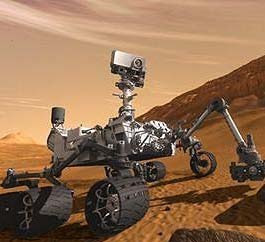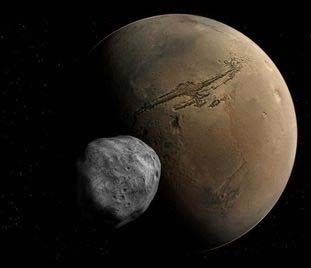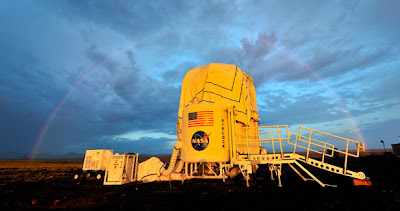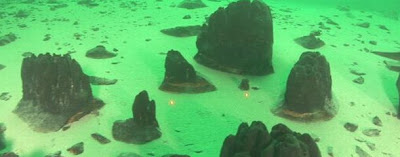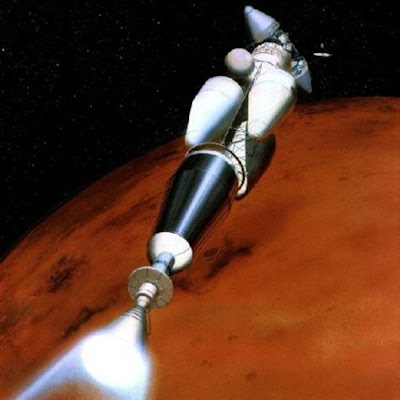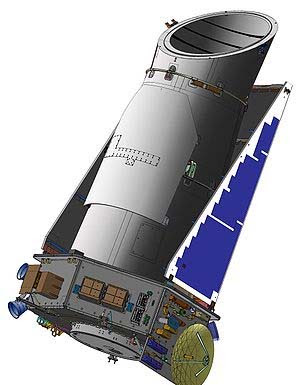
And NASA? NASA's Kepler space telescope team this month unveiled "Kepler-22b." A planet some 600 light-years away, Kepler-22b circles its star squarely in a "habitable zone" — the orbital distance where a world's surface temperature would neither boil nor freeze water, perhaps allowing oceans to survive as on Earth. Water is widely seen as one of life's vital ingredients by planetary scientists.
Catchy names, clearly, aren't a priority in astronomy. Other proposed habitable zone worlds reported by astronomers (among the more than 700 planets detected in the last two decades orbiting nearby stars) sport monikers such as "55 Cancri f" and "HD 85512 b.
But at least some solace comes from the Kepler space telescope team's estimate that just in our Milky Way galaxy alone, some 500 million planets likely orbit inside their star's habitable zone.
"We have many candidates in that region," said Kepler principal scientist William Borucki of NASA's Ames Research Center in Moffett Field, Calif., at a briefing unveiling Kepler-22b to his colleagues earlier this month. At his briefing, Borucki showed a chart depicting more than 50 possible habitable zone planets, as well as Kepler-22b, among the 2,326 planetary candidates detected by Kepler since its 2009 launch.
source:www.usatoday.com
Catchy names, clearly, aren't a priority in astronomy. Other proposed habitable zone worlds reported by astronomers (among the more than 700 planets detected in the last two decades orbiting nearby stars) sport monikers such as "55 Cancri f" and "HD 85512 b.
But at least some solace comes from the Kepler space telescope team's estimate that just in our Milky Way galaxy alone, some 500 million planets likely orbit inside their star's habitable zone.
"We have many candidates in that region," said Kepler principal scientist William Borucki of NASA's Ames Research Center in Moffett Field, Calif., at a briefing unveiling Kepler-22b to his colleagues earlier this month. At his briefing, Borucki showed a chart depicting more than 50 possible habitable zone planets, as well as Kepler-22b, among the 2,326 planetary candidates detected by Kepler since its 2009 launch.
source:www.usatoday.com

